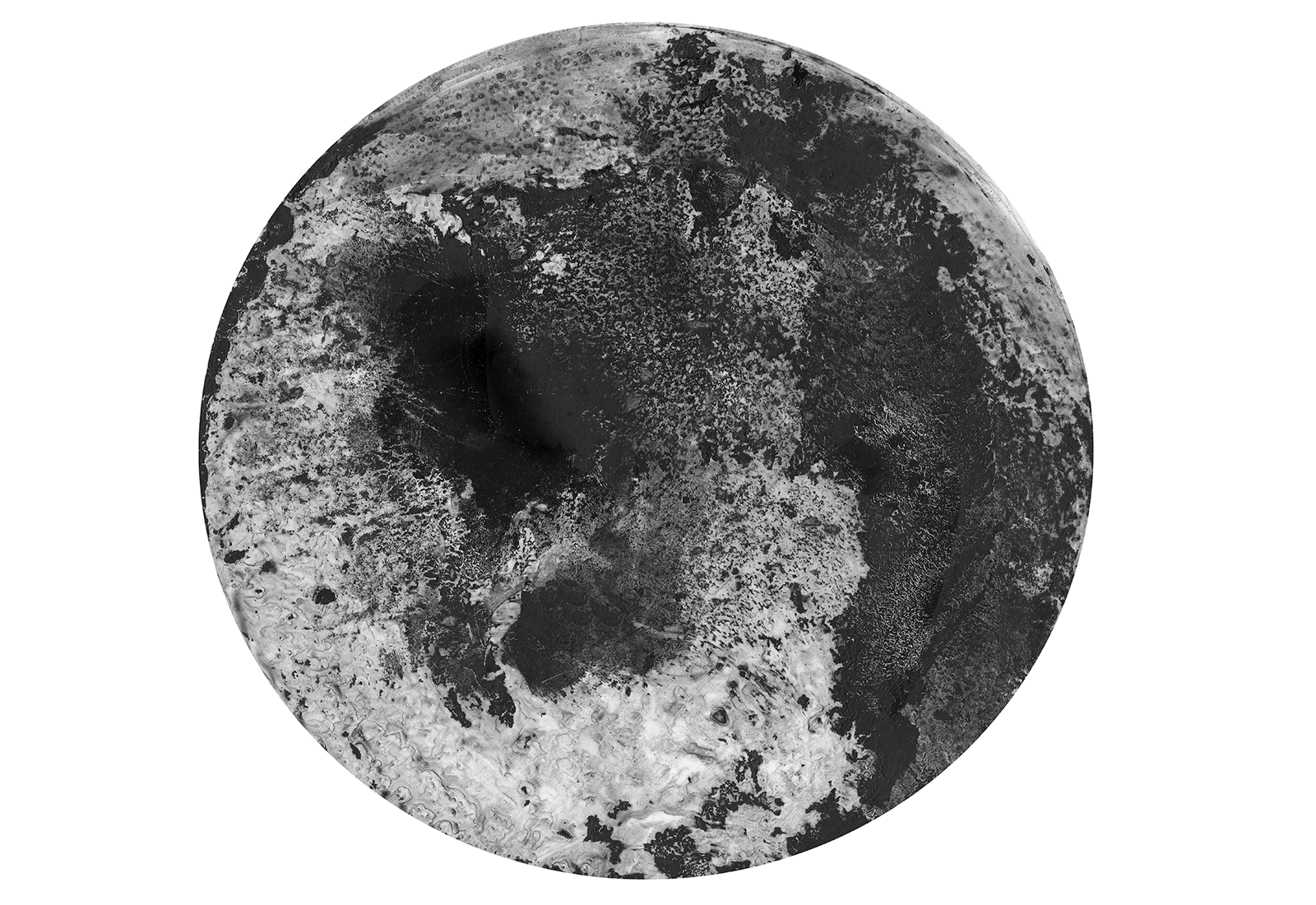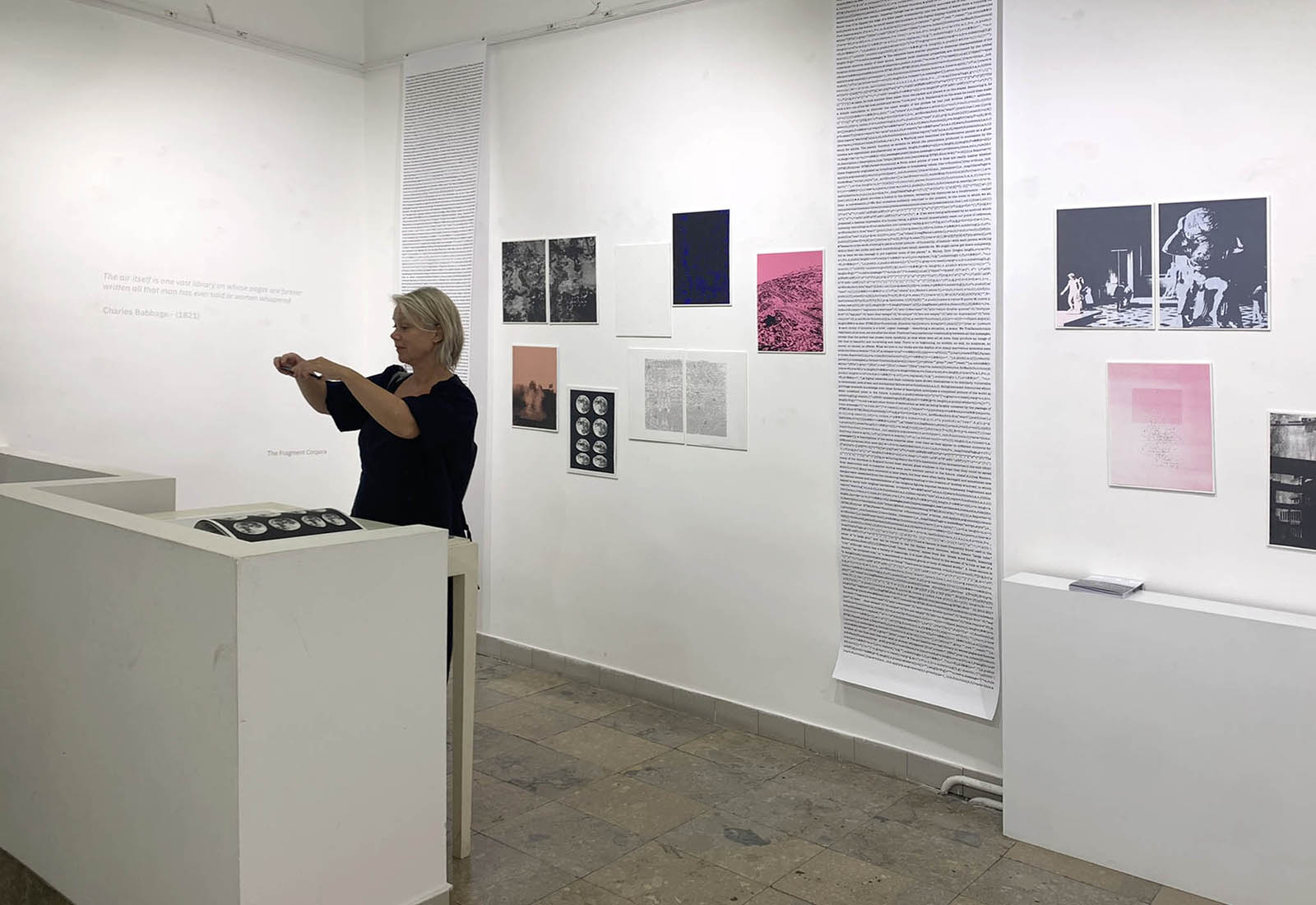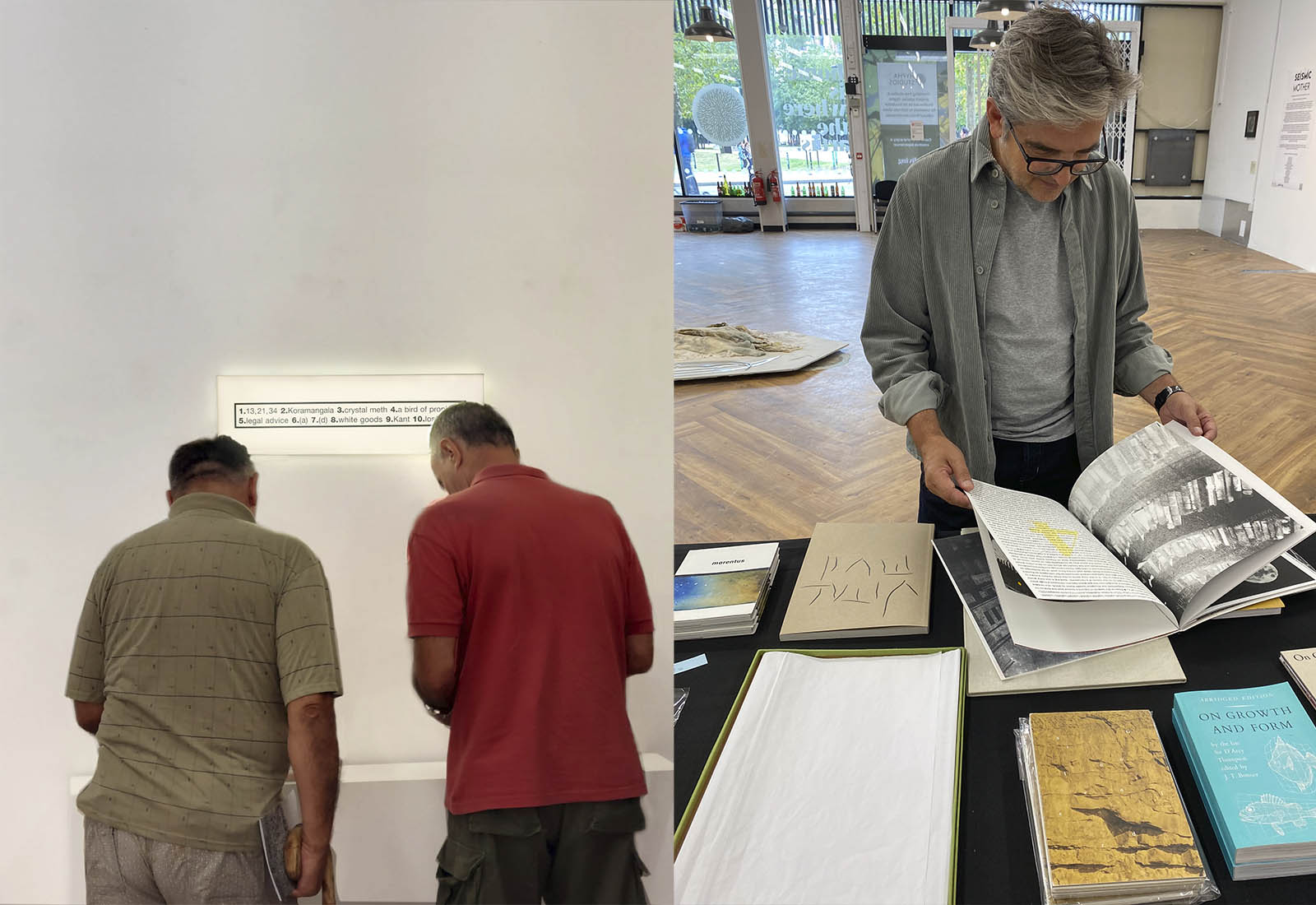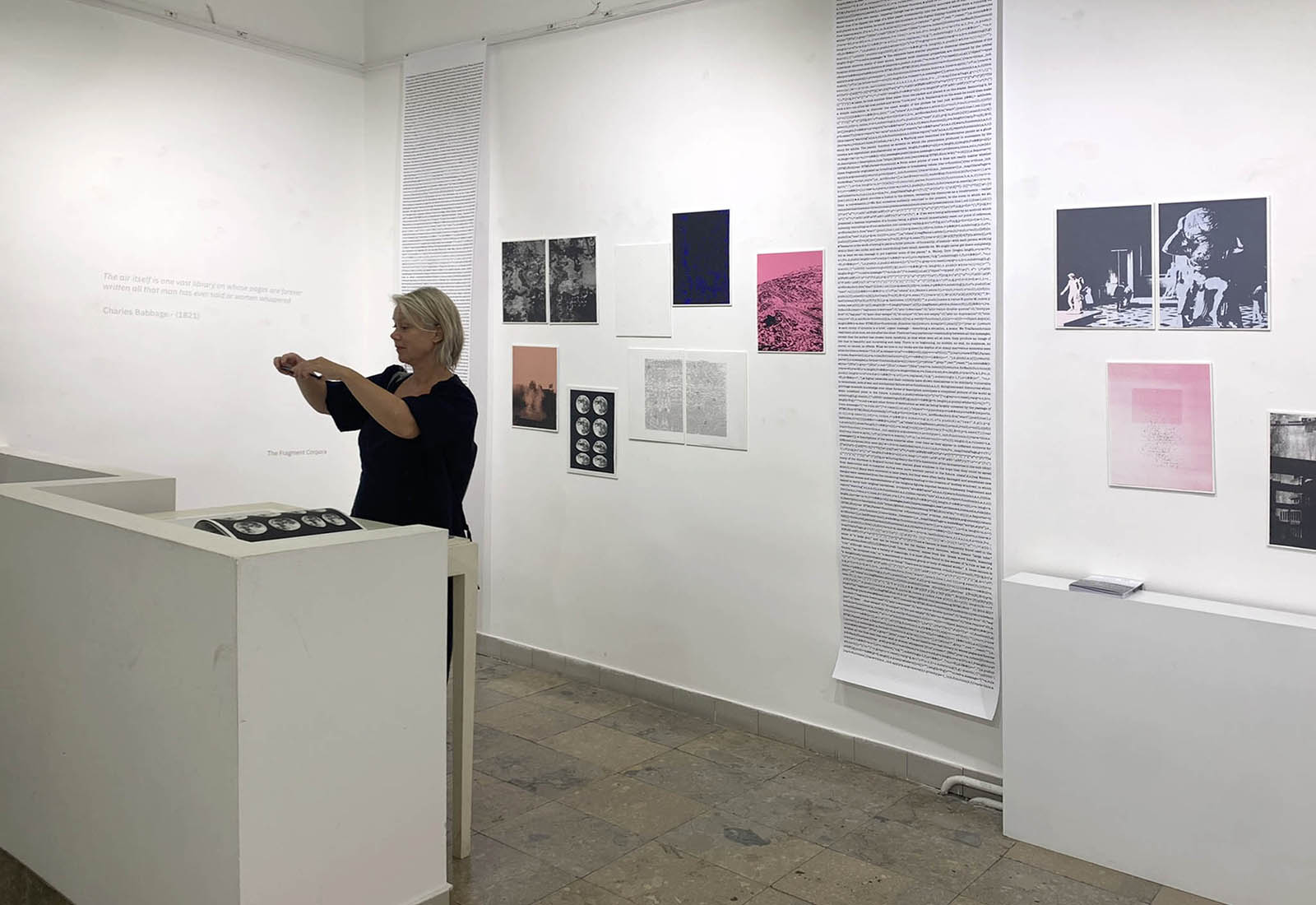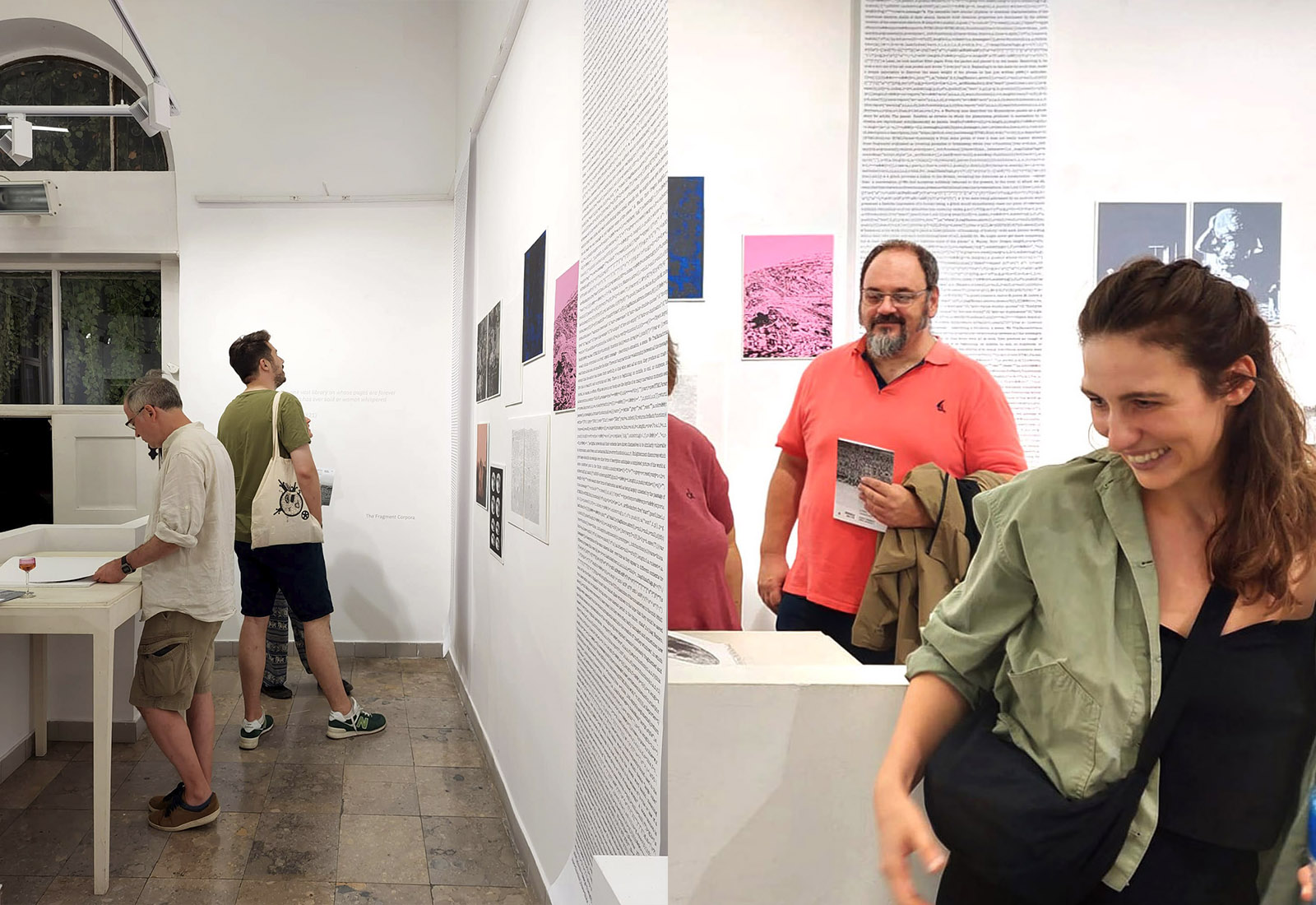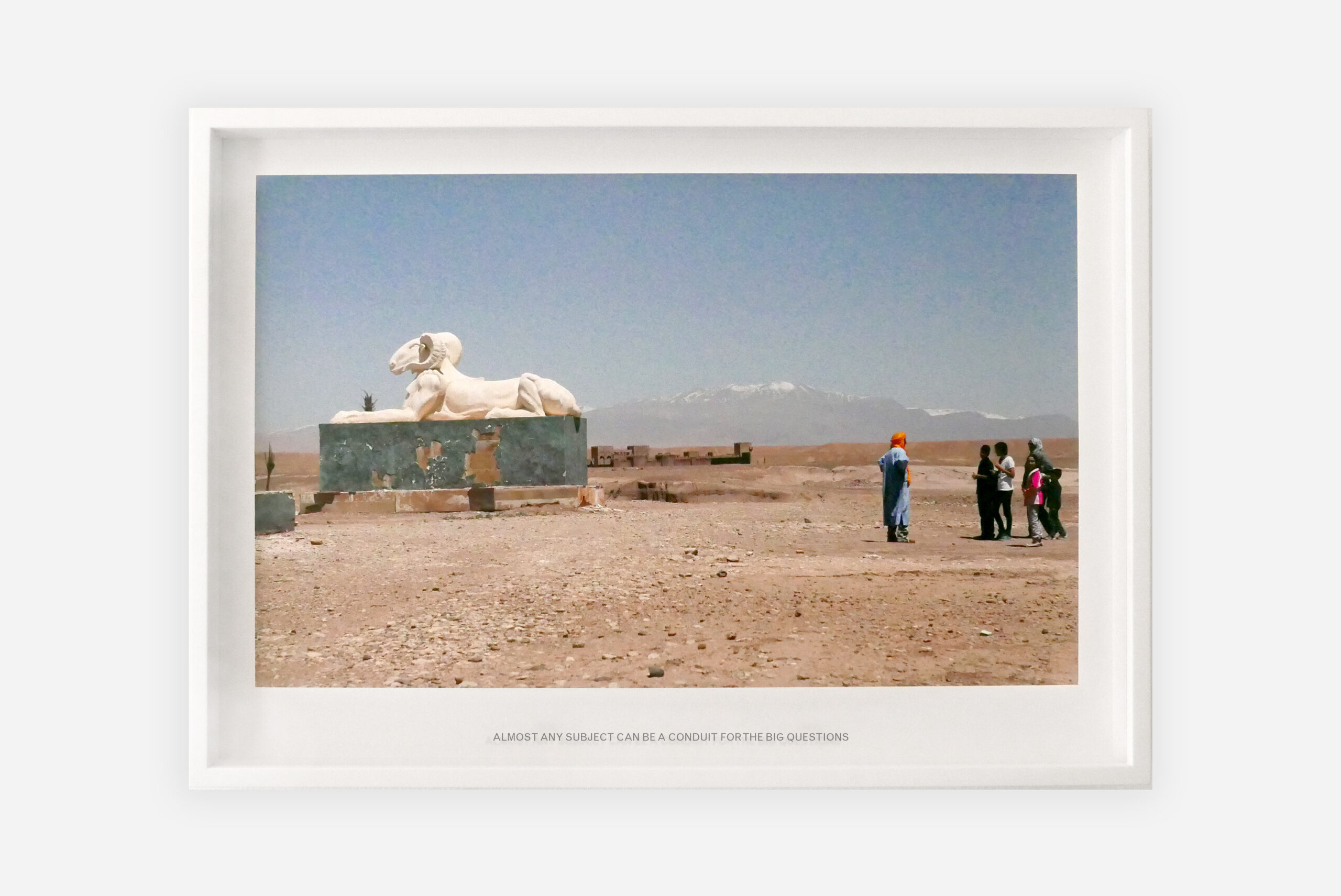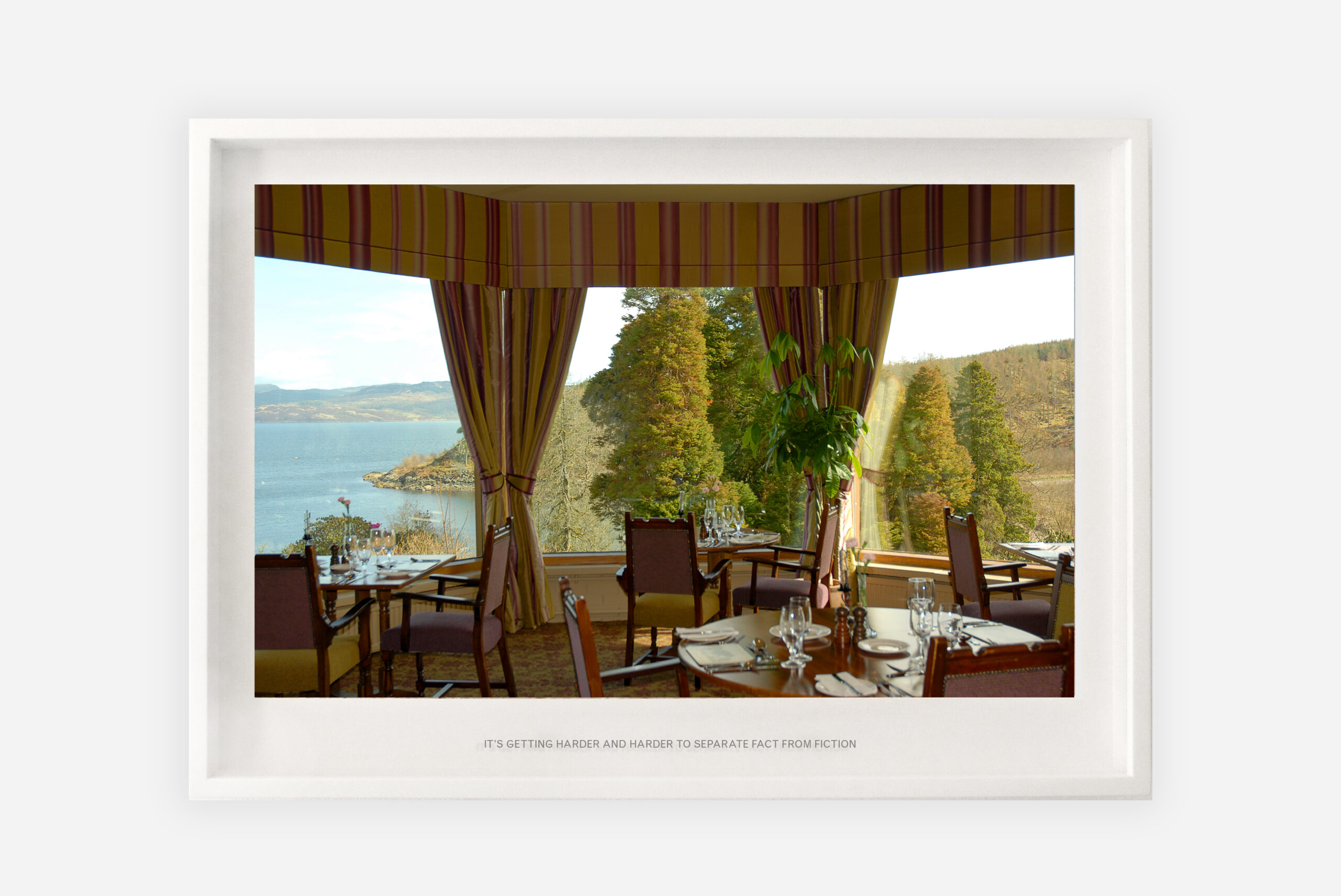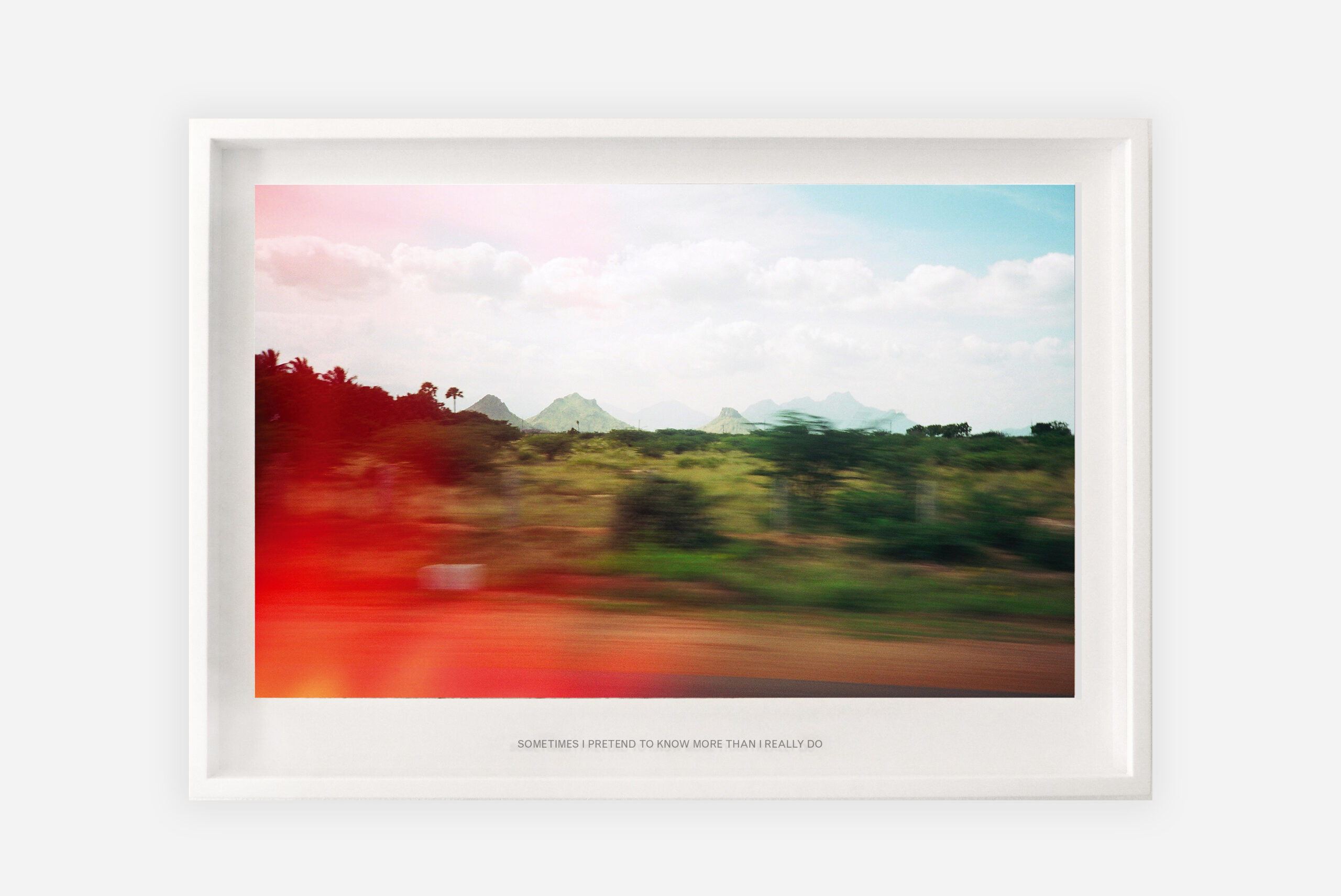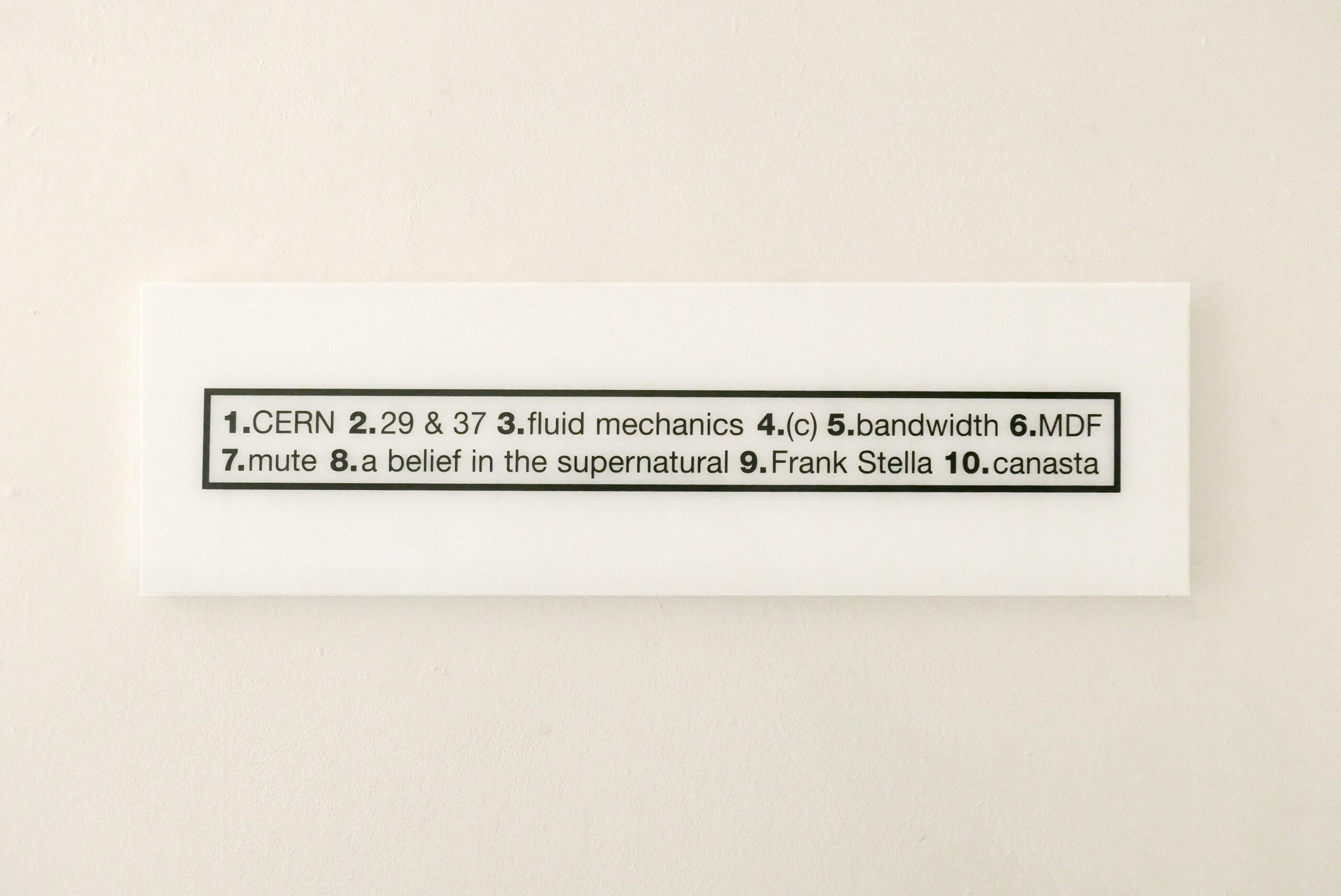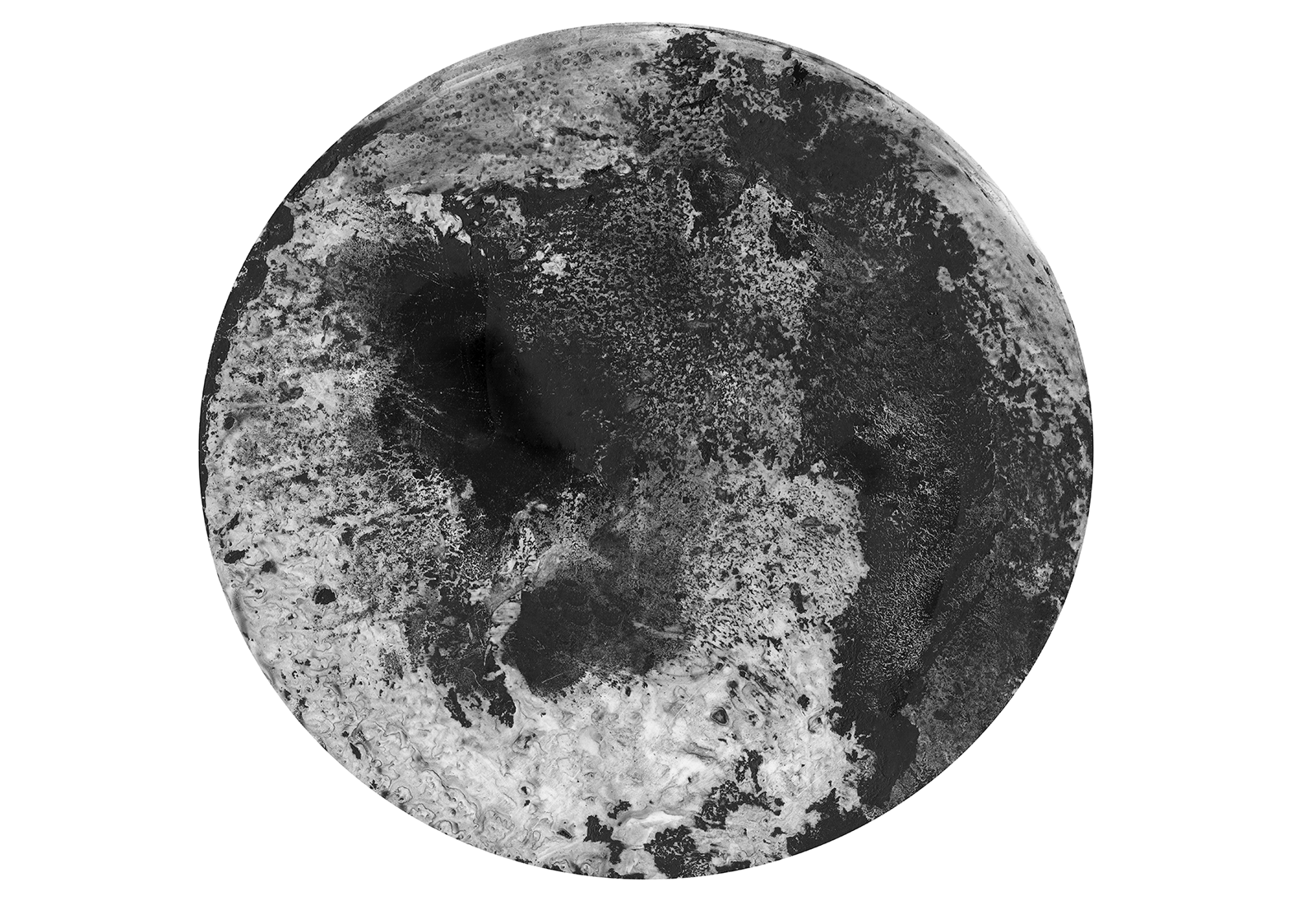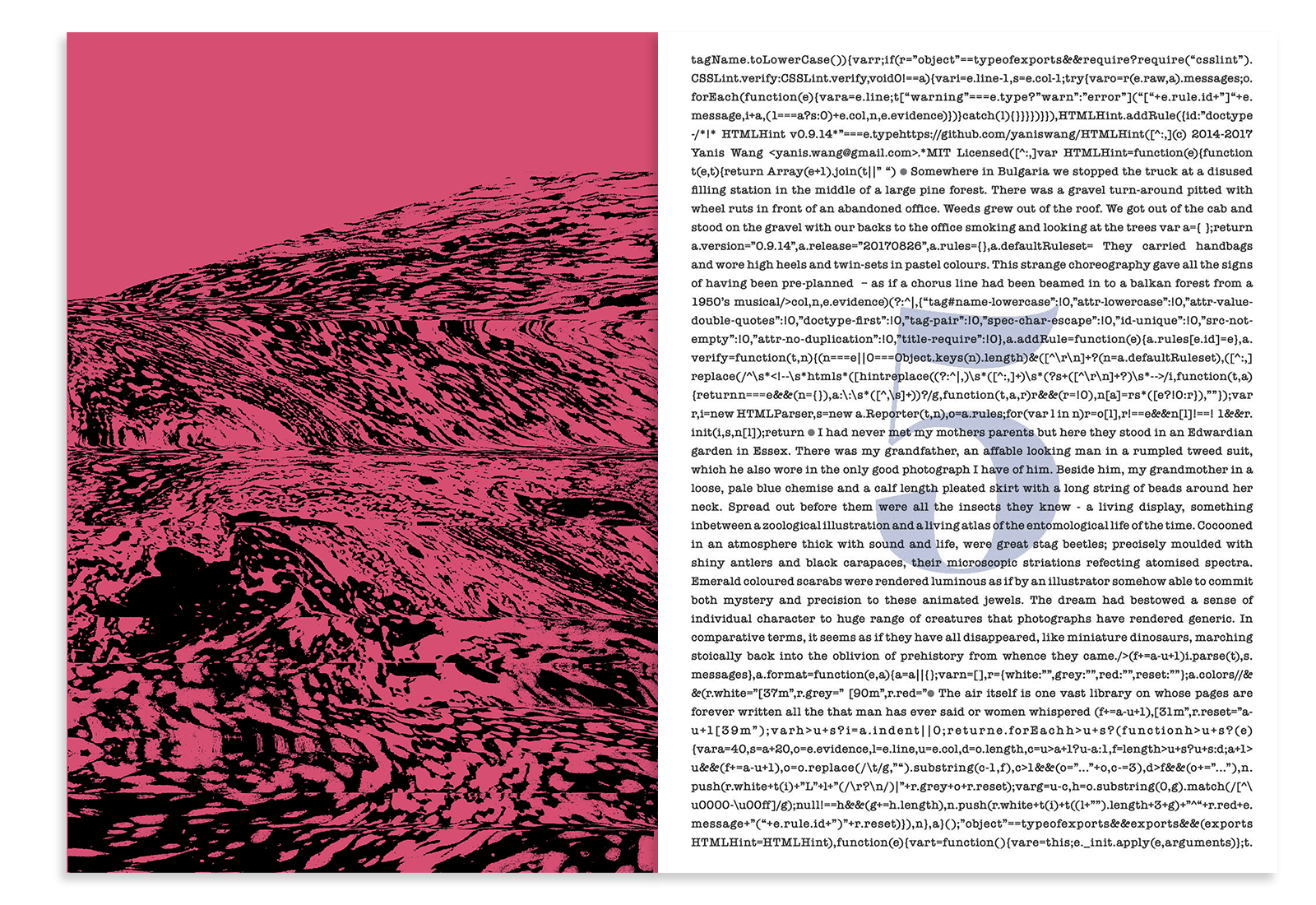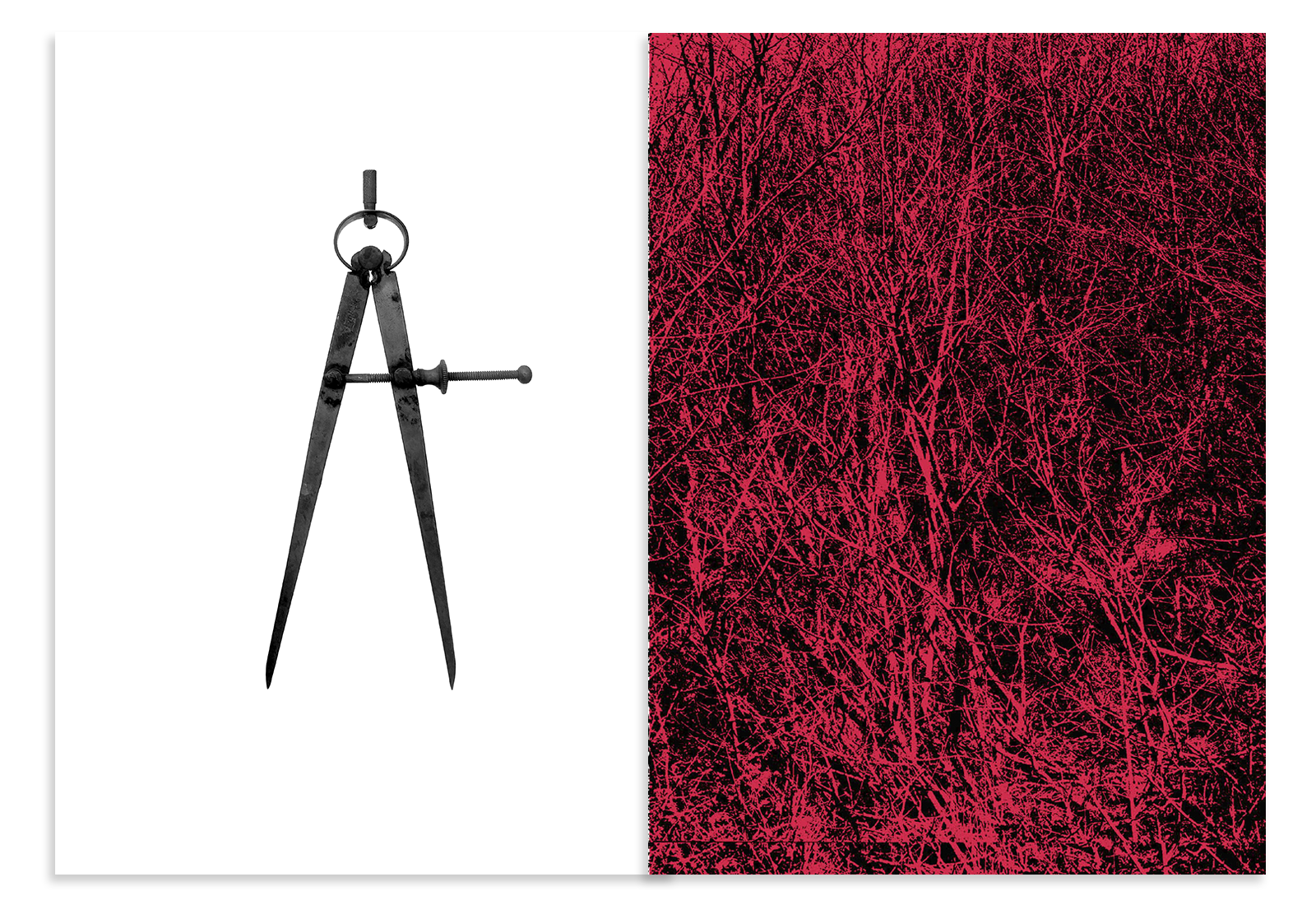3 PRINTED WORKS – ACADEMY OF FINE ARTS, BELGRADE

- The Fragment Corpora
This installation at The Centre for Graphic Art & Visual Researches at the Faculty of Fine Arts in Belgrade is made up of three works which all employ combinations of printed texts and images.
The air itself is one vast library on whose pages are forever written
all the that man has ever said or women whispered
Charles Babbage – Inventor of the Difference Engine (1821)
We are often told that we live in a fragmented world, that our individual selves, our cultures and even our reality is fragmented. While we may have some ideas about what this might mean, what might it look like? Is it even possible to produce any kind of meaningful presentation of this?
A corpus is a collection of written or spoken (transcribed) texts, such as the entire works of a particular author or a body of writing on a particular subject. The texts can be whole books, newspapers, journals, speeches or consist of extracts of varying lengths. In linguistics, a corpus or text corpus is a language resource consisting of a large and structured set of texts. In particular they give examples of how, and in which context, words are used.
The (on-line) corpus for the word ‘fragment’ and its derivations gives an exhaustive list of examples of the uses of a word which occurs across almost all disciplines of the humanities and the sciences. The examples given suggest images and sometimes narratives and their combined presence seems to offer some clues as to how the word “fragment” or “fragmentation” became a shadow of the 17thC enlightenment embedding itself in the language and culture. Some of these texts have formed part of The Fragment Corpora together with the images they support, which include a variety of different types of prints including photocopies, screen-prints, plotter prints, lithographs, digital and analogue photographs and texts printed on paper, glass and acrylic.
1. The Fragment Corpora
While the attempt to produce images of abstract concepts may seem doomed to failure, the process may still supply inspiration, and what results in this case is a kind of encyclopaedia, atlas or perhaps cabinet of curiosities. The images refer both to wholeness and fragmentation and include Atlas, the moon, libraries and dictionaries, the on-line world, big science, fragmented texts and images of the cosmos. The subject of the work is our ability – or otherwise – to navigate both the detail and ‘the big picture’.
Accompanying texts are taken from the Fragment Corpora and include a selection of fictional and non-fiction texts selected or written for this exhibition.
2. In Agree, Disagree, Not Sure Landscape photographs (Archival Pigment prints) are accompanied by texts similar to those used in psychometric (personality) tests. The texts are screen-printed on the glass of the frame, appearing as an accompaniment rather than as a title. The images give a context to the statements suggesting how much we rely on agreed contexts for our statements and how often the picture we have in our mind is not the same as the one in the minds of others.
3. In A Coalition of the Willing LED Lightboxes are screen-printed with texts which appear as if they might be answers to a quiz or competition. There are no questions but the panels hint at the biographical nature of knowledge and memory.
Allan F. Parker
August 4th 2023
